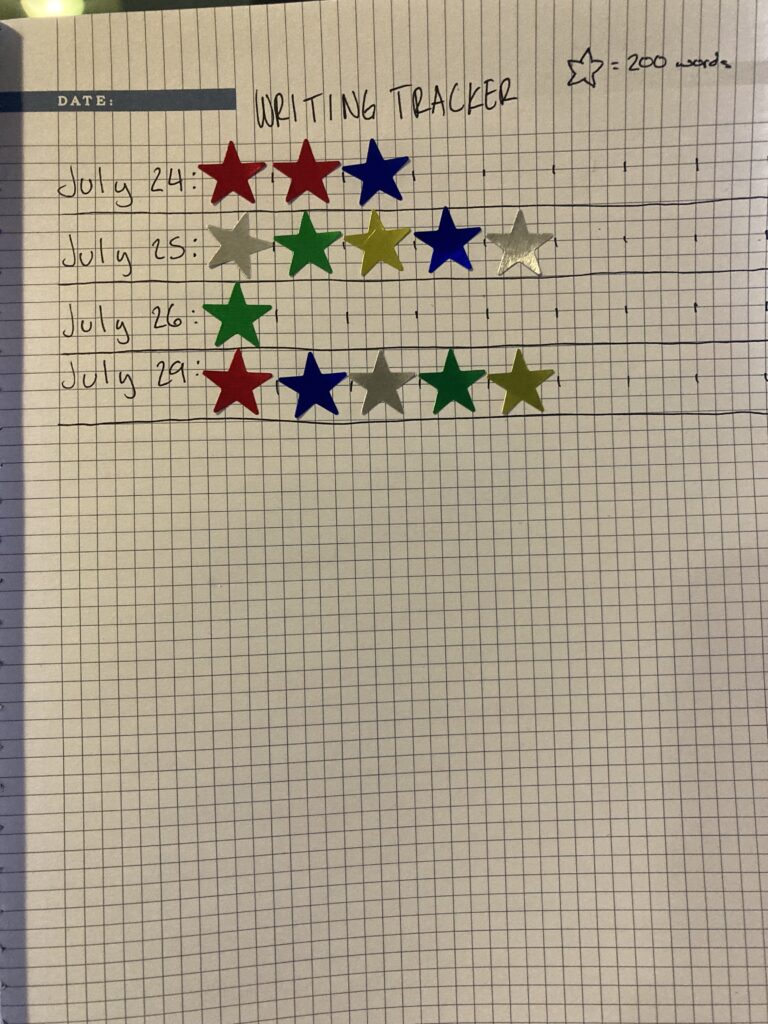Principle:
Whitespace is the blank space created in a goal journal by the passing of time without working on your goal. Whitespace can be discouraging.
LeAnn Explains the Whitespace Principle
People tend to set “every day” goals. I’m going to walk every day, eat 2 vegetables every day, or meditate every day. It’s a simple, go-to goal formula. It’s also a recipe for depression. Why? Three reasons. First, when you track a daily goal and miss, all you see is the whitespace that’s left from having a box that didn’t get checked and can never get checked because that day is gone forever. Second, daily goals create streaks, which are a double edged sword. They can be motivating, but often we end up just going through the motions to keep the streak or when we end the streak, starting over again at 1 after having a high streak number is extremely discouraging. Finally, humans live an average of 26,407 days. That’s a ridiculous number of days. Even if your goal technically is to walk a mile every day for just a month, the implied goal is that you will continue to walk “every day.” “But I thought we were supposed to make goals specific and measurable,” you might argue. Yes, but there a lots of alternatives to daily goals that don’t create the problem of whitespace.
I learned about whitespace when I trained as a computer programmer. If you wanted to create whitespace on a screen you had to use characters like “space” “newline” and “return”. There were actual codes for those characters and I began to see blank space on the screen as a tangible thing. Now, with goal journals, when I see whitespace I see a tangible entity, a space where you set an expectation, and then failed it. Say you set a goal to exercise at 6 am every day for January. You print out a calendar page or create a page with 31 numbered lines to fill in for every day. It all goes well until you get sick or accidentally sleep in one day and then, you’ve blown it. You may think – I already blew my streak, so what the hell, there’s no use putting effort here anymore. And if you do keep recording, looking at a goal page with a lot of whitespace can be quite discouraging. People can get angry with themselves and quit.
One exception to avoiding whitespace is when your goal is specifically just to track how often you do something. If you don’t feel the pressure to do it every day and you just want to know when you do it, use a calendar to collect data.
How Whitespace Shows Up In Goal Journals
Notice the example pages of a client who wanted to write more often. In her first goal page, she created a tracking chart for the month of January. When you look at her page, what do you notice? Lots of whitespace. She only wrote 3 days in January. Tracking her writing with all that whitespace became discouraging for her. For the second goal page, same goal, she created a log with stars for every 200 words she wrote that day. On this page you notice the stars. It looks like someone is slowly building something. If you look closely you can see that she missed two days that week, but you have to look closely. Right after July 26th is July 29th. Logging when she does write, regardless of missing days, honors her efforts without creating whitespace on days she missed.


